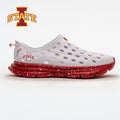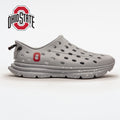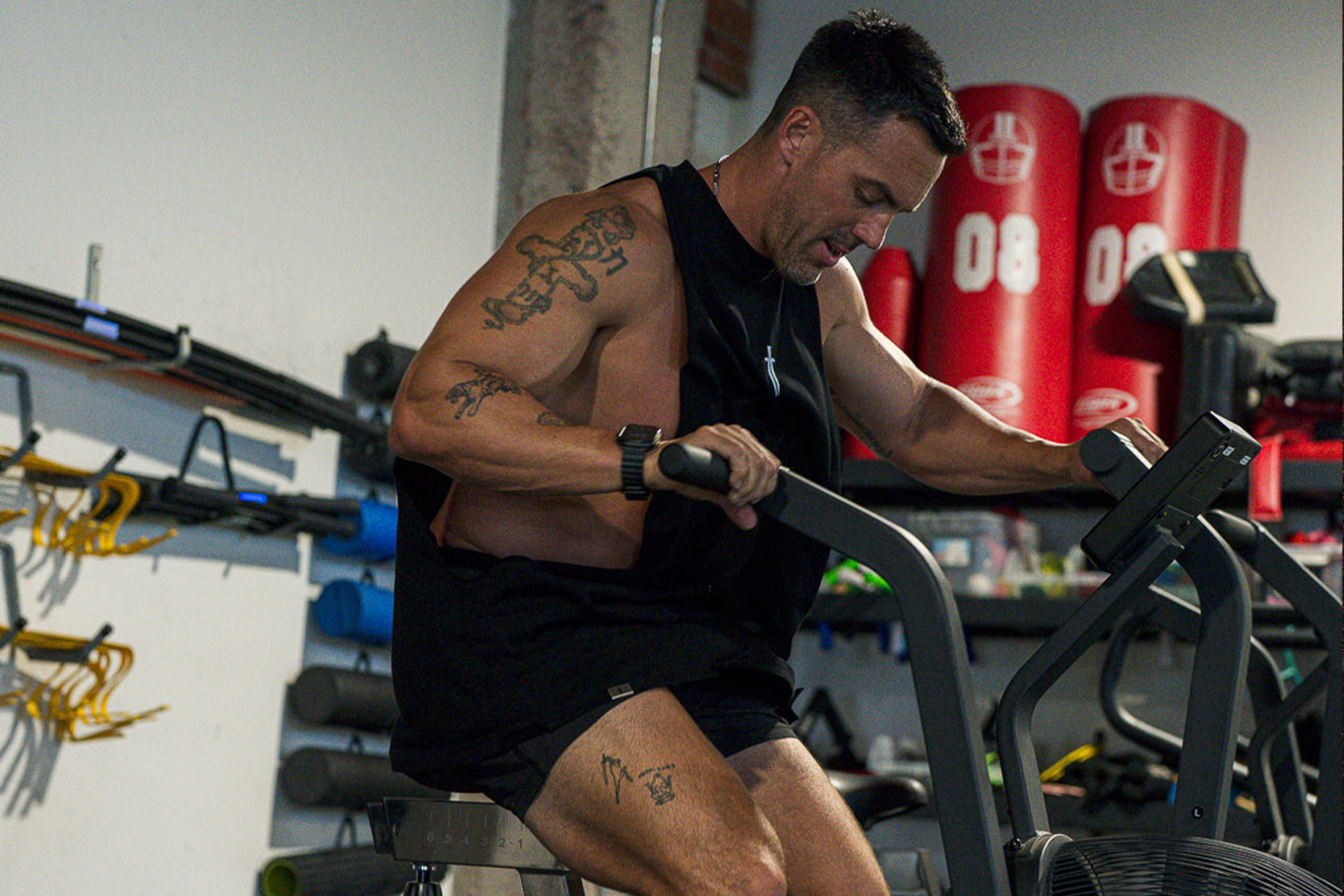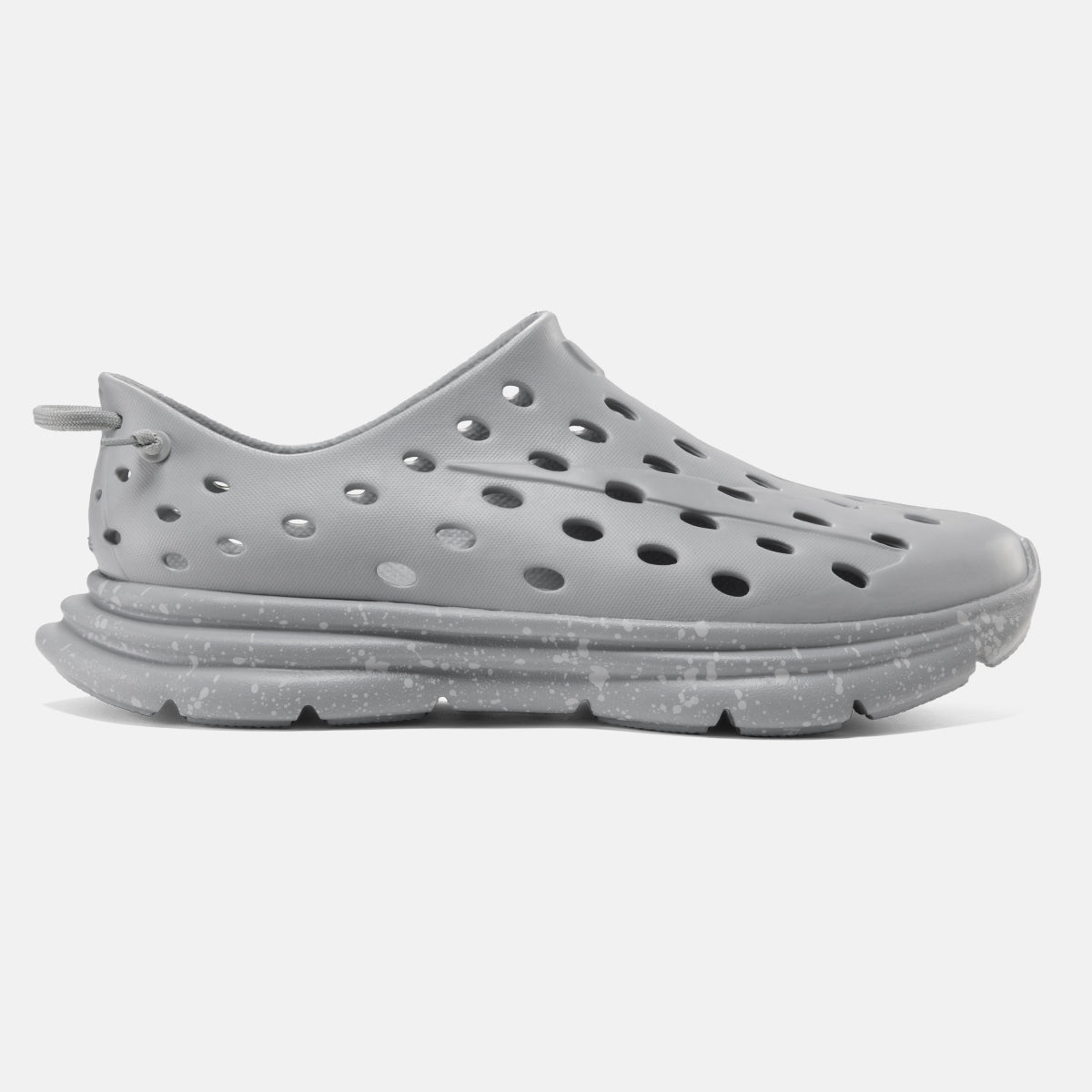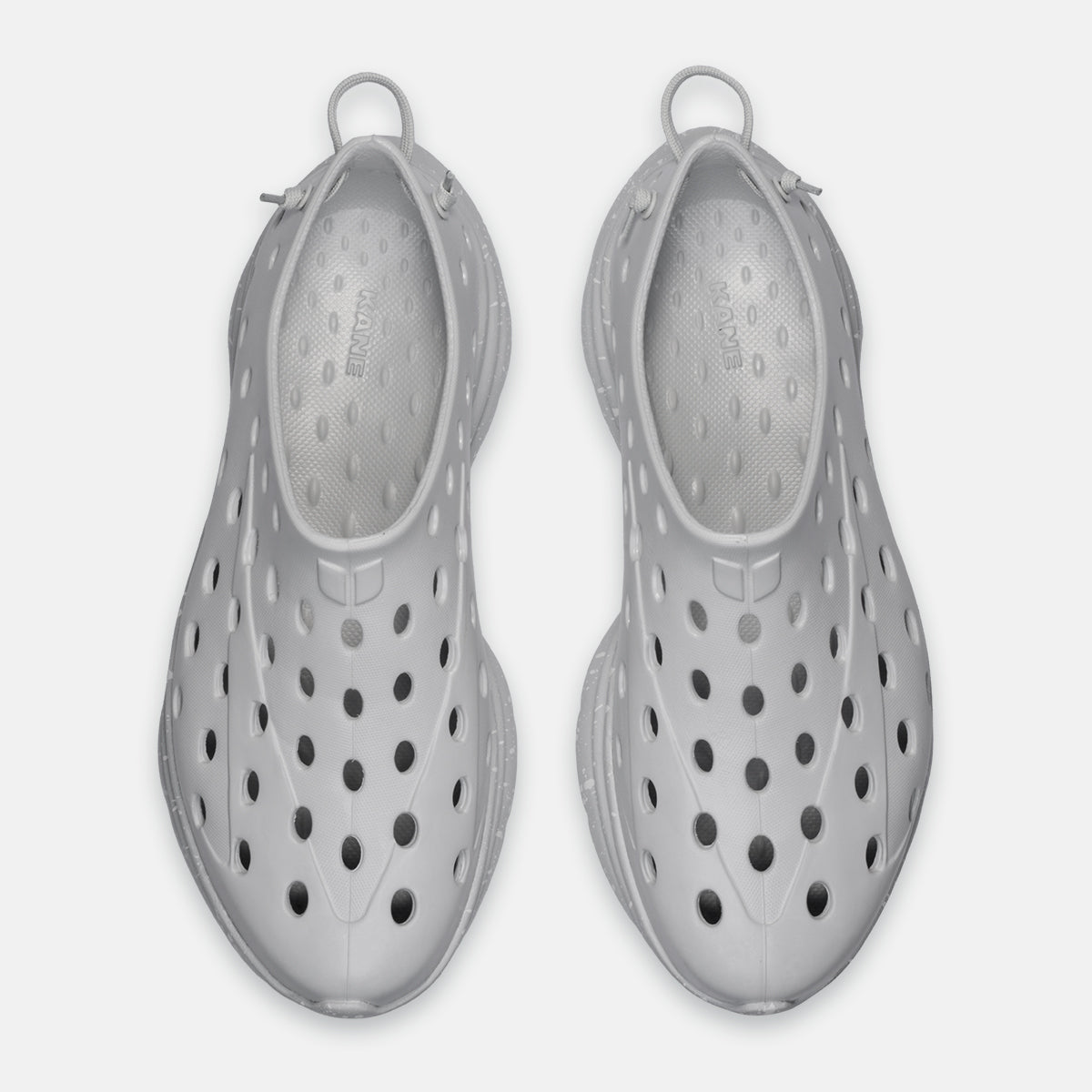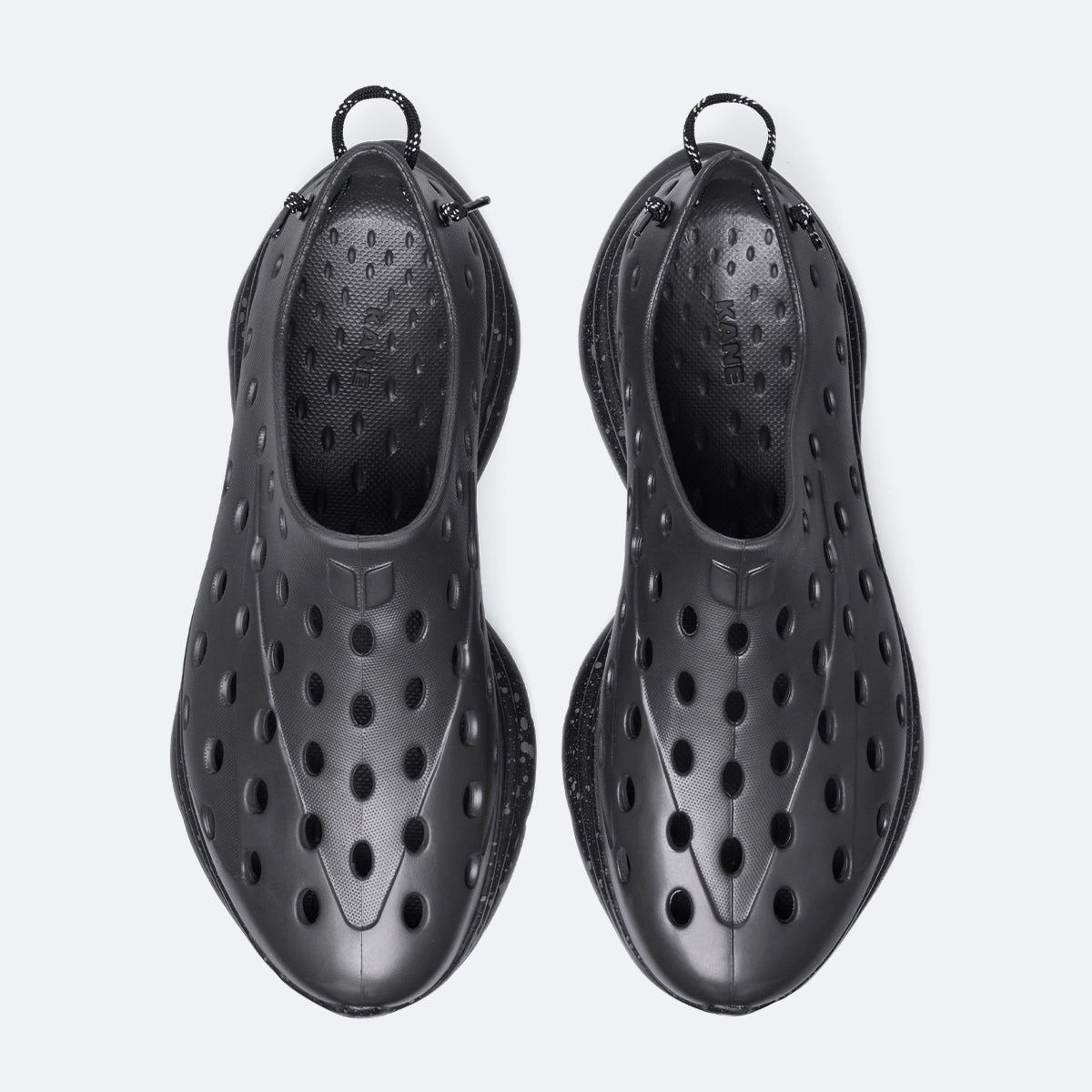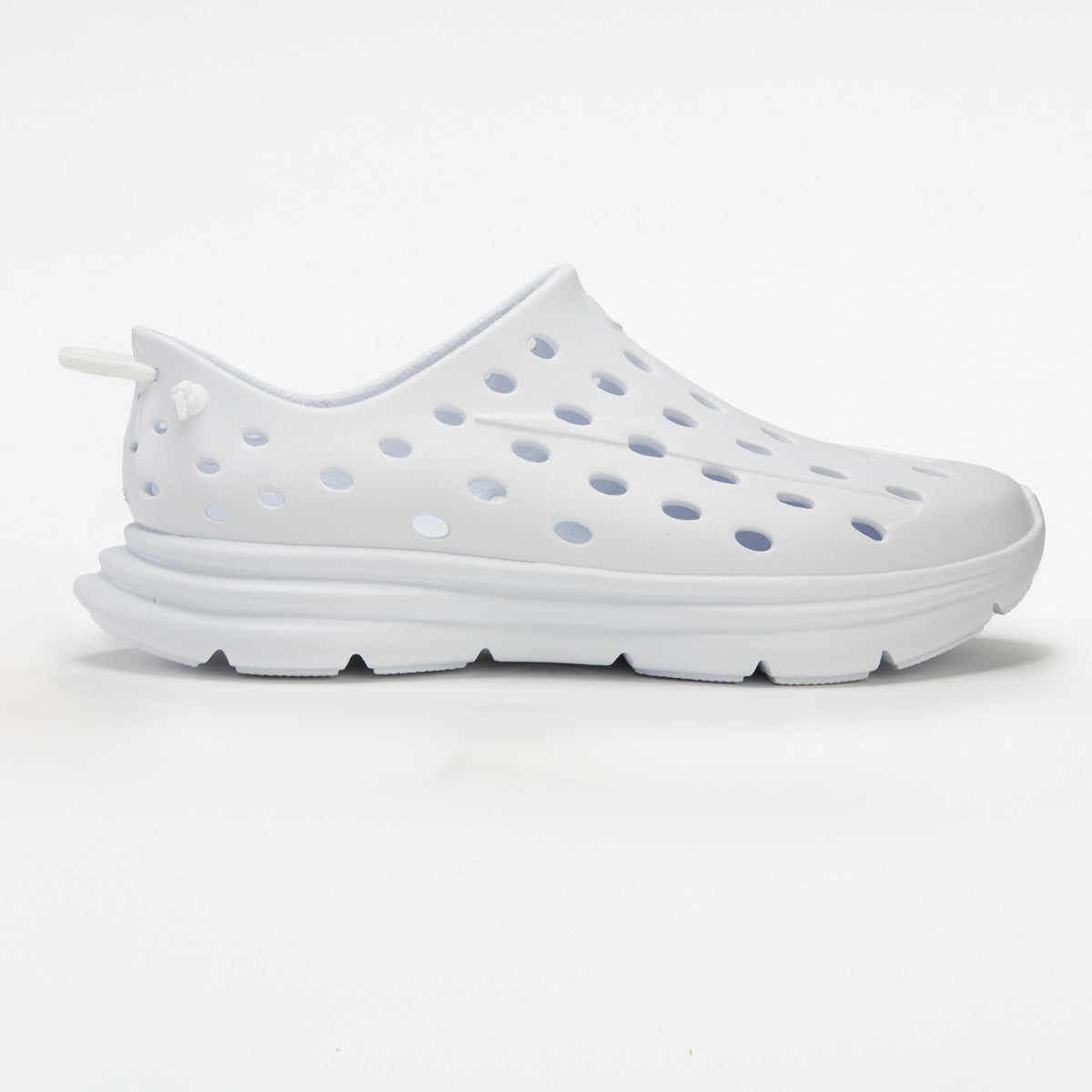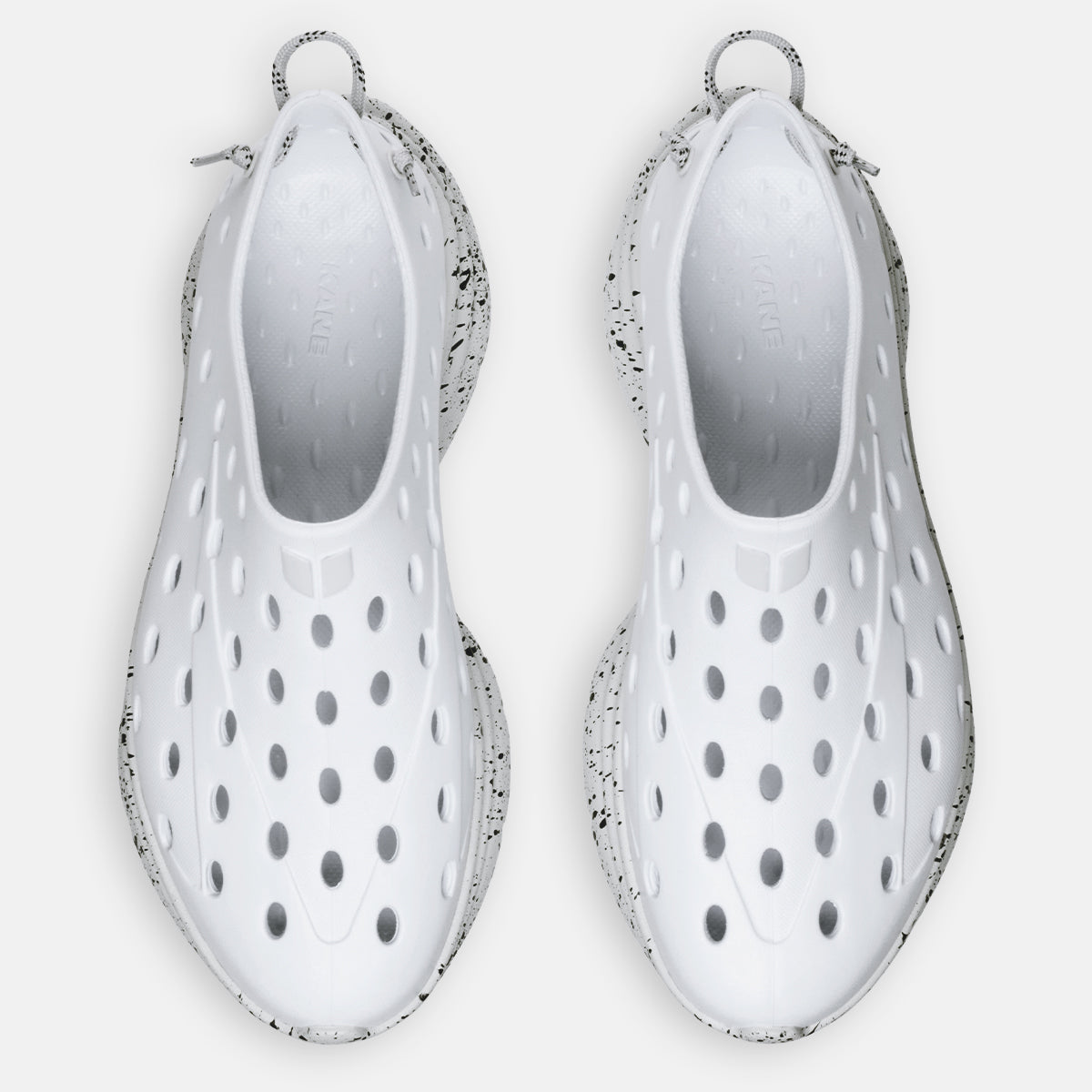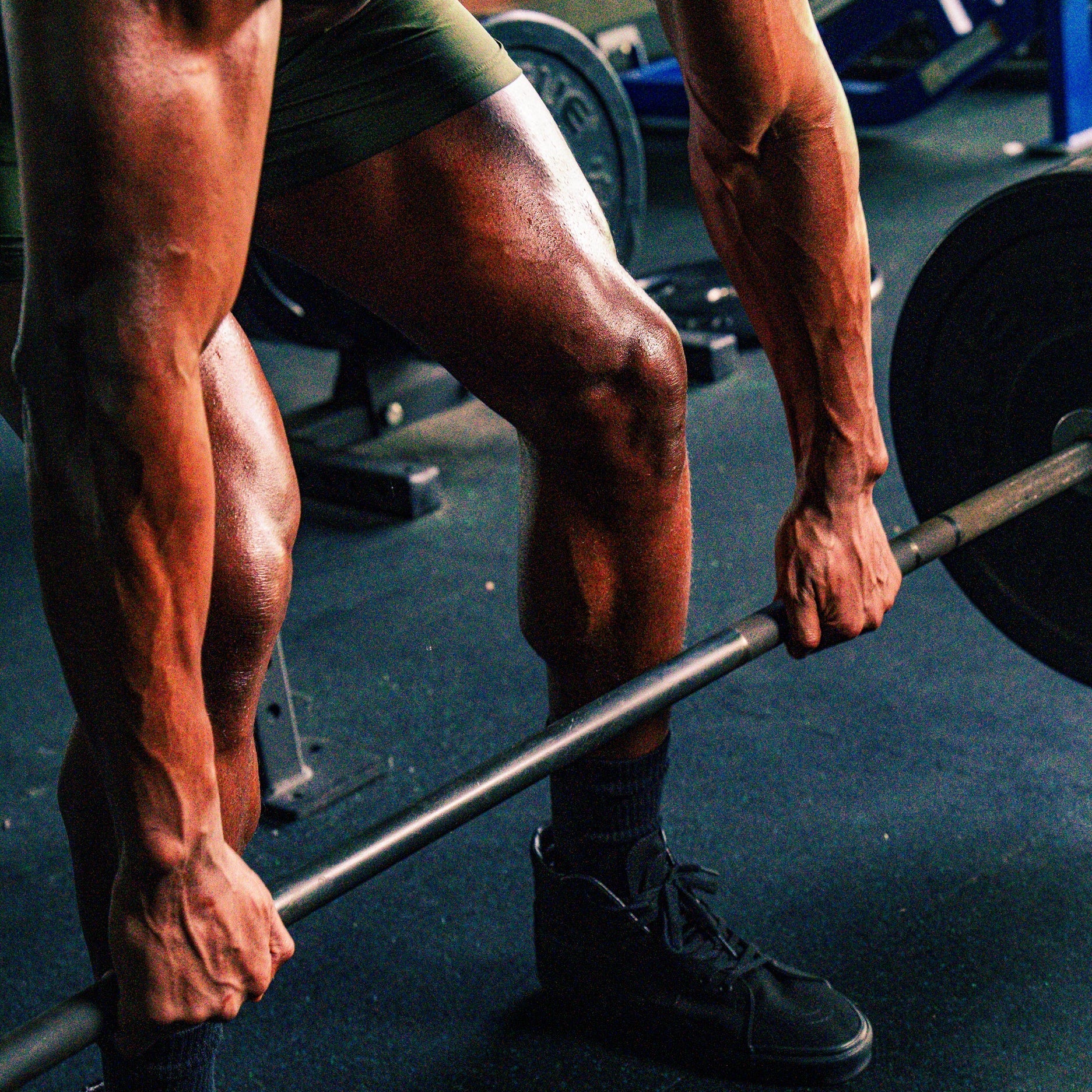The short answer to "Should I do cardio after lifting?" is nuanced: Yes, but with strategic planning. While there's no universal one-size-fits-all approach, scientific research and expert insights suggest that performing cardio after weights can be highly beneficial when done correctly.
Weight training and cardio have long been fitness foes. The age-old dilemma of cardio or weights isn't just gym chatter—it's a legitimate question that can significantly impact your fitness goals.
The key lies in understanding your body's physiological responses and aligning your training approach with specific objectives. For most fitness enthusiasts, incorporating cardio after lifting offers several compelling advantages:
- Preserved muscle glycogen for strength training
- Enhanced fat-burning potential
- Improved cardiovascular conditioning
- Efficient use of workout time
- Reduced risk of performance interference
Why timing matters: The science behind cardio after lifting
Every workout routine requires thoughtful planning when combining strength and cardio work. Research shows that the order and intensity of your exercises significantly impact your results. Professional athletes and fitness experts increasingly recognize that the debate isn't about whether to do cardio after lifting but how to do it effectively.
Think of your body like a high-performance engine. Cardio and resistance training each tap into different energy systems, triggering unique physiological responses. Your goal? Create a training approach that maximizes muscle power without compromising your body's adaptive potential.
Factors that influence the effectiveness of post-lifting cardio include:
- Current fitness level
- Specific fitness objectives
- Time availability
- Energy systems being targeted
- Recovery capacity
- Nutritional support
Exercise physiology fundamentals: Cardio and resistance training explained
Anaerobic vs. aerobic energy systems
Lifting weights primarily engages the body's anaerobic energy system, creating microscopic damage in muscle fibers that rebuild stronger during recovery. Resistance training triggers muscle protein synthesis, promoting muscle hypertrophy and an increased metabolic rate.
Cardio exercises primarily develop the aerobic energy system, improving cardiovascular efficiency and teaching your body to use oxygen more effectively. Consistent aerobic exercise enhances mitochondrial density and overall metabolic flexibility.
The interplay between cardio and strength creates a comprehensive fitness approach that can help reduce the risk of cardiovascular disease while building muscle.
Goal-oriented cardio and strength training strategies
Muscle building: Optimal cardio timing and types
- Focus on heavy lifting with minimal cardio beforehand: Preserve all the energy for resistance work to build muscle.
- Limit cardio to 20–30 minutes post-lifting: Use moderate-intensity cardio to enhance blood flow without negatively affecting muscle growth.
- Choose complementary cardio forms: Select cardio exercises that won't overtax the major muscle groups you've just trained.
Improving endurance: Balance cardio and strength
- Alternate intense strength sessions and endurance workouts: Maintain running performance while developing strength.
- Use moderate-intensity cross-training: Support endurance training through varied cardio approaches.
- Target leg muscles with specific conditioning: Develop strength that supports endurance activities.
Weight loss: Combining strength workouts strategically
- Leverage same-day training for a metabolic boost: Burn more fat through an integrated approach.
- Maintain proper form during cardio and lifting: Ensure good form throughout for maximum effectiveness.
- Use higher-intensity workout combinations strategically: Increase caloric burn while preserving muscle.
Practical implementation
Same-day training approaches
For effective same-day cardio and strength training:
- Perform a dynamic warm-up that prepares your body for both training styles.
- Begin with strength training when your energy levels are at their highest.
- Transition to cardio after completing your resistance work.
- Monitor your intensity to ensure your primary goal isn't compromised.
- Adjust your approach based on personal response and recovery needs.
A personal trainer might recommend separating sessions if you're focused on muscle hypertrophy or endurance training, but combining them in one session can be more time-efficient for general fitness.
Optimizing recovery: The missing piece in your fitness routine
While strategic cardio and strength training are crucial, recovery is the often-overlooked hero of any comprehensive fitness plan. Just as you carefully sequence your workout, your post-exercise recovery deserves an equally intentional approach.
Discover Kane Recovery Shoes!
Kane's recovery shoes provide excellent support, comfort, and durability for post-workout recovery. Featuring an adjustable hook-and-loop single-strap synthetic upper, plush TPR footbed, and durable injected EVA outsole, these kicks help you prioritize recovery after combining cardio and resistance training.
Aside from providing quality products, they’re also committed to sustainability. They’ve become a Certified B Corporation while dedicating 1% of their overall profits to environmental charities.
When and how to wear Kane Revive
The best moment to wear recovery shoes is directly after strenuous activity such as running or weight training. This helps minimize inflammation and launch the healing process, which is especially important when you've taxed multiple energy systems through cardio after weights.
Mastering your fitness journey
Overall fitness isn't about perfect execution but consistent, intelligent progression. The general rule is simple: listen to your body, stay consistent, and be willing to adapt your approach to cardio and strength training. By understanding how cardio and resistance training interact, you're not just working out but optimizing your body's incredible potential.
Remember, the most effective workout is the one you can sustain. Push harder, recover smarter, and keep moving forward.
Frequently asked questions
Is it good to do cardio right after lifting?
Doing cardio after lifting can be beneficial depending on your fitness goals and how you structure your workout routine. If muscle growth and strength gains are your primary focus, performing resistance training first allows you to use all the energy for heavy lifting before shifting to cardio exercises. This approach ensures that your muscles are not pre-fatigued, allowing for proper form and maximum strength output.
On the other hand, if your goal is to improve cardiovascular endurance or weight loss, adding moderate-intensity cardio after weights can help burn more fat while keeping your muscles engaged. Studies show that cardio after resistance training can promote blood flow and aid recovery, reducing soreness and improving muscle power over time.
However, doing high-intensity cardio immediately after strength training may negatively affect muscle recovery and performance, as it places additional stress on the major muscle groups. It's best to keep post-lifting cardio at a moderate intensity and focus on improving endurance rather than pushing to exhaustion.
What are the best cardio exercises to do after lifting?
Here are some of the best cardio exercises to do after lifting, depending on your goals and fitness level:
1. High-intensity interval training (HIIT)
- What it is: Alternating between short bursts of intense activity (e.g., sprints) and brief rest periods
- Duration: 15–30 minutes
- Benefits: Maximizes calorie burn, boosts metabolism, and improves cardiovascular endurance
- Best for: Those with limited time who want to burn fat efficiently
2. Steady-state cardio
- What it is: Moderate-intensity exercises performed at a consistent pace (e.g., jogging, cycling, or swimming)
- Duration: 20–45 minutes
- Benefits: Improves endurance, promotes fat burning over longer durations, and supports recovery
- Best for: Those looking for a less intense post-lifting option
3. Low-impact cardio
- What it is: Gentle exercises like walking, elliptical training, or swimming
- Duration: 30–45 minutes
- Benefits: Easy on the joints, enhances circulation, and aids recovery
- Best for: Individuals with joint concerns or those seeking active recovery
4. Rowing or stair climbing
- What it is: Full-body cardio options that engage both upper and lower body muscles
- Duration: 15–30 minutes
- Benefits: Builds endurance while complementing strength training by targeting different muscle groups
- Best for: Those wanting to maintain intensity without overloading the same muscles used during lifting
5. Air squats or mountain climbers (bodyweight cardio)
- What it is: Bodyweight movements like air squats, mountain climbers, or jumping jacks performed at a steady pace or in intervals
- Duration: 10–20 minutes
- Benefits: Increases heart rate while engaging stabilizing muscles used in strength training
- Best for: Home workouts or quick cardio sessions
Tips for post-lifting cardio:
- Keep sessions between 20–30 minutes to avoid overtraining.
- Adjust intensity based on fatigue—opt for steady-state if you're tired and HIIT if you have energy left.
- Focus on variety to prevent boredom and target different muscle groups.
Doing cardio after lifting enhances fat burning, supports recovery, and boosts cardiovascular health while effectively complementing your strength training routine.
Is 20 minutes of cardio after weights enough?
Yes, 20 minutes of cardio after weights can be enough, depending on your fitness goals and the intensity of your workout. If your focus is muscle hypertrophy and strength training, a short moderate-intensity cardio session can help improve blood flow and support recovery without compromising muscle strength.
For weight loss, 20 minutes of cardio after lifting weights can be effective when combined with a well-balanced strength workout. Post-lifting cardio at a moderate intensity can increase calorie burn and enhance the fat-burning effects of resistance training. Studies suggest that when strength training and cardio are performed together, the body continues to burn more fat even after the workout.
However, if your goal is to improve endurance training, you may need longer or more high-intensity cardio sessions to see significant benefits. Endurance workouts typically require sustained aerobic effort, so 20 minutes of cardio may not be sufficient for serious runners or athletes preparing for an endurance event.
Incorporating cardio and weight training efficiently means finding the right balance. Twenty minutes of cardio exercises after lifting can be a great way to improve overall fitness goals without overtaxing your body, especially if paired with proper recovery strategies.
How long after the gym should I do cardio?
Consider your fitness goals, energy levels, and recovery needs when timing your cardio workout after a weightlifting session. Here's how to approach it:
If your goal is muscle building: To prioritize muscle growth and strength, it's often best to separate cardio from weightlifting by several hours or perform cardio on a different day. This allows your body to recover from the strength session and ensures you have enough energy for optimal muscle performance. Doing high-intensity cardio immediately after lifting can interfere with recovery and reduce the effectiveness of your strength training.
If your goal is weight loss or endurance: Doing moderate-intensity cardio immediately after weightlifting can be effective for fat loss or improving cardiovascular endurance. Strength training depletes glycogen stores, which may enhance fat-burning during post-lifting cardio. However, if you plan to do high-intensity cardio, waiting a few hours or spacing it out to another session can help maintain performance and prevent excessive fatigue.
Balancing recovery and performance: The key is to listen to your body and ensure proper recovery between sessions. Whether you combine both in one workout or split them into separate sessions, aligning your training with your goals and recovery capacity is essential for long-term progress.
Is it OK to do weights and cardio on the same day?
Yes, it's perfectly fine to do weights and cardio on the same day, but make sure to base the order and intensity of each on your primary goal. Combining cardio and strength training can be highly effective when you structure your workout correctly.
For muscle hypertrophy and strength training, it's best to do weight training first. This allows your muscles to perform heavy lifting without being pre-fatigued by aerobic exercise. Afterward, a moderate-intensity cardio session can help with blood flow and recovery.
If your main focus is improving endurance, starting with cardio and strength training afterward may be beneficial. This approach is particularly useful for those training for an endurance event, where cardio workouts are the primary focus. However, performing high-intensity cardio before lifting weights may decrease strength performance and reduce muscle power.
For general fitness goals and weight loss, doing cardio and resistance training in a single session can maximize calorie burn and improve overall fitness. The key is to balance intensity and prioritize recovery.
No content on this site should ever be used as a substitute for direct medical advice from your doctor or other qualified clinicians.












